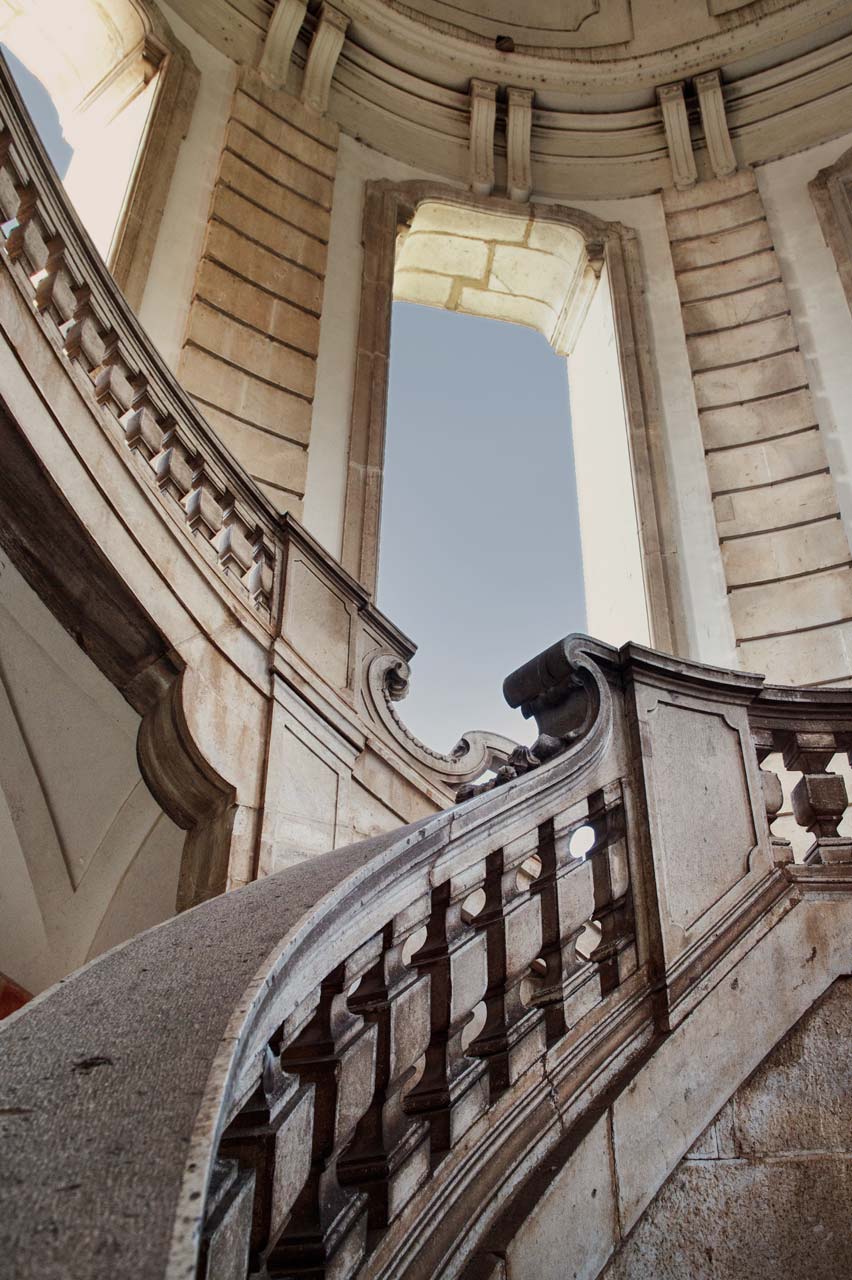Tenuta di Punta Licosa is pleasantly secluded from the world, but thanks to its strategic location, some of Italy’s most beautiful places can be reached in no time.
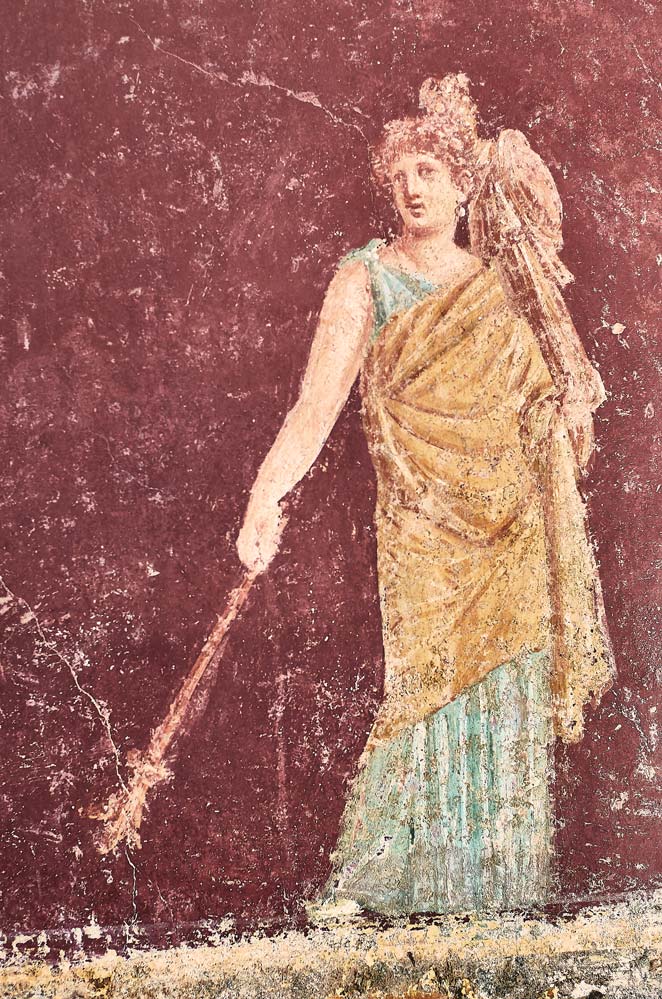
A picturesque village just a few minutes’ walk from the estate. Perfect for shopping, enjoying the lively weekly market, just like in the old days, or exploring the medieval village, which has remained unchanged over time.

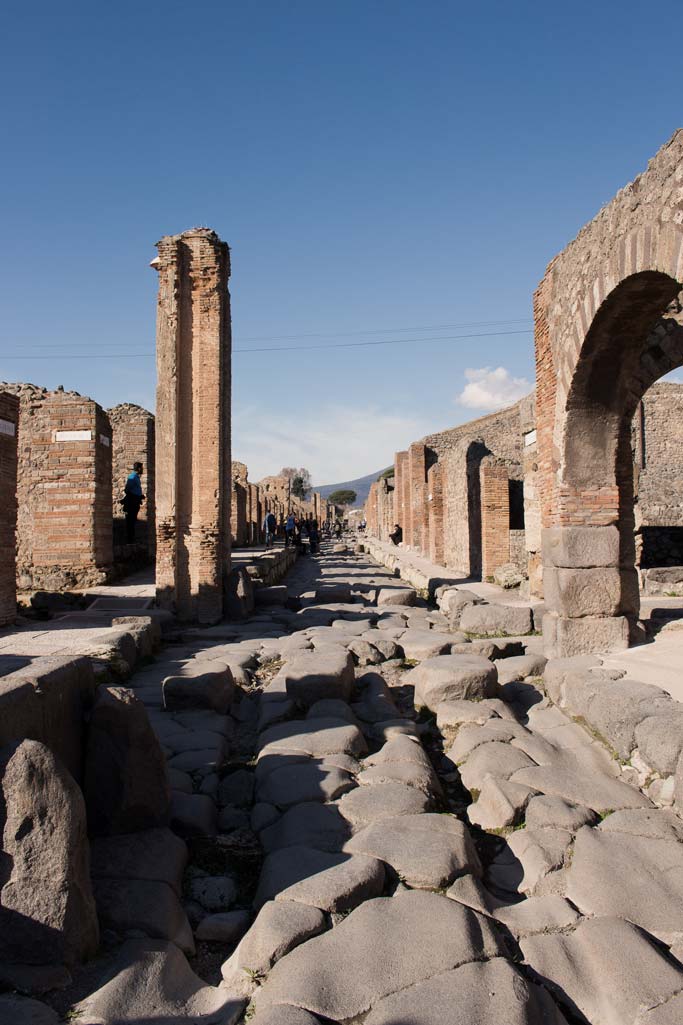
The giants of our history: for those who wish to immerse themselves completely in the history of the area, it is possible to visit the Doric temples of ancient Paestum or the archaeological sites of Pompeii and Herculaneum, unique in the world for their beauty, an intact treasure chest of our past. Or, alternatively, the sites of Oplontis and Velia.
Paestum, in particular, was founded by the Greeks from Sybaris around the 6th century BC and later colonised by the Romans, with its imposing Greek temples. It is one of the most famous archaeological sites in Italy, with an unforgettable view of the golden temples dedicated to Neptune, Basilica and Ceres.
Pompeii and Herculaneum, buried following the eruption of Vesuvius in 79 AD, are now world-famous archaeological sites. Excavations began in the 17th century and gradually led to the discovery of fabulous villas with their frescoes still intact, amphitheatres, baths and many other buildings that bear witness to the prosperity enjoyed by this metropolis in the past.
Known throughout the world and just a few kilometres from the estate, the Amalfi Coast is one of those places that everyone would like to visit, for its beauty, history and local crafts: from the beautiful Vietri sul Mare, famous for its ceramics, to Villa Rufolo and Villa Cimbrone, to Amalfi and Positano.
An island rich in natural and architectural beauty, it was once home to Roman emperors and Italian dukes. Today, it is a favourite destination for celebrities, attracted by its luxurious hotels and villas.
The island’s main attractions include the Blue Grotto, a 54-metre-long sea cave of incredible blue colour, the imposing remains of Emperor Tiberius’ palaces, the medieval monastery of Certosa di San Giacomo, the beautiful Villa San Michele of Dr Axel Munthe – the famous Swedish writer – and the Gardens of Augustus, from where you can admire the breathtaking view of the Faraglioni and Marina Piccola. Don’t miss the coffee break in the Piazzetta and the shopping in Via Camerelle.
One of Italy’s most historically rich cities. Its National Museum boasts an important collection of artefacts salvaged from Pompeii and Herculaneum, as well as priceless collections of porcelain, ceramics, bronze and mosaics.
A multi-day trip to appreciate the architectural gems preserved in the capital of Campania: the Royal Palace, Piazza Plebiscito, Maschio Angioino Castle, the San Carlo Theatre, the Church of Santa Chiara and many others, all an integral part of Neapolitan culture.
From the hill, you can enjoy a breathtaking view of the Gulf of Naples and Mount Vesuvius.
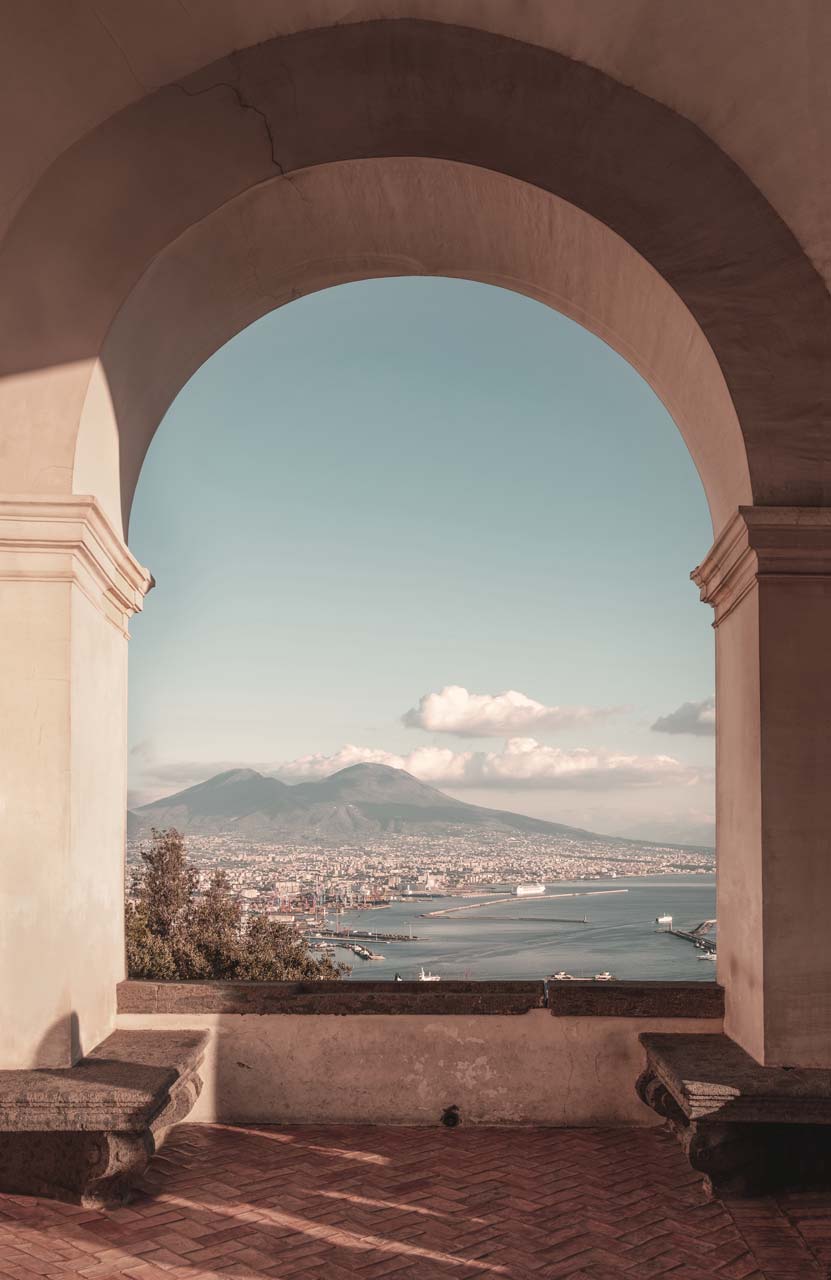
The city of the famous Royal Palace of Caserta. Built in 1752 by Charles III of Bourbon based on a design by Vanvitelli, the palace is built around four internal courtyards and is one of the most beautiful in Italy. Inside, frescoes and period furniture bear witness to its former splendour. But even more important are its gardens, also designed by Vanvitelli in the style of those at Versailles or the Tuileries. They extend along an avenue perpendicular to the entrance, in the centre of which flows a waterfall that forms large pools and waterfalls adorned with monumental Baroque statues, for a total length of three kilometres.
On either side are themed gardens, including the famous English Garden.
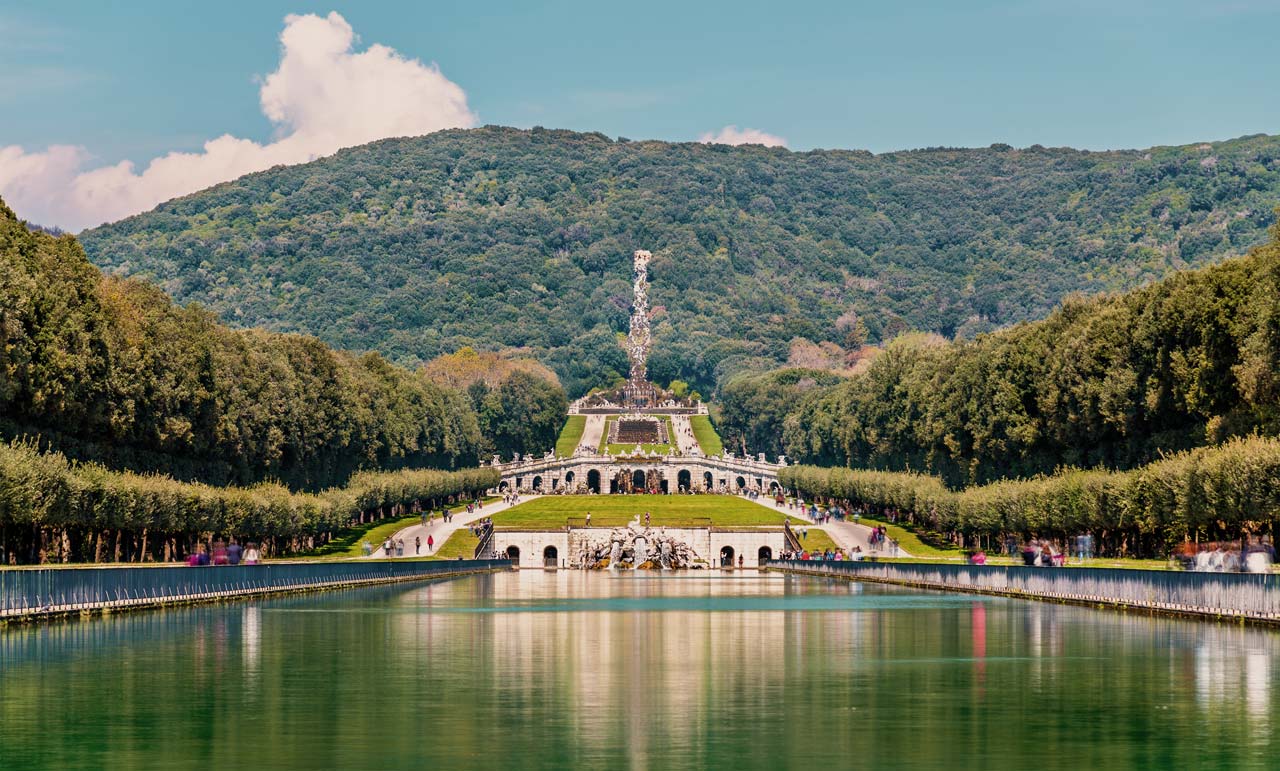
Its cathedral, founded by the Normans in 1080, is renowned for its bronze doors, which were cast in Constantinople in the 12th century. In front of the basilica is a large square courtyard and an arched portico with two splendid 12th-century pulpits. The Crusaders had their weapons blessed in this church before setting off on their journeys.
One of the most important music festivals in southern Italy. Reservations and tickets are available at reception. For a complete list of concerts taking place during the season you are interested in, visit the website. www.ravelloarts.org
One of the most important monuments in southern Italy. Founded in 1300, it is the result of the work of several generations. Inside, there are splendid cloisters, some in Baroque style, the famous spiral stone staircase and the library.
Already mentioned by Seneca in his writings, these famous caves consist of an intricate series of tunnels interrupted by enormous chambers with extraordinary rock formations. Of utmost importance for caving enthusiasts.
